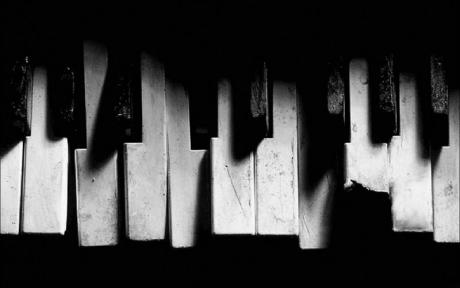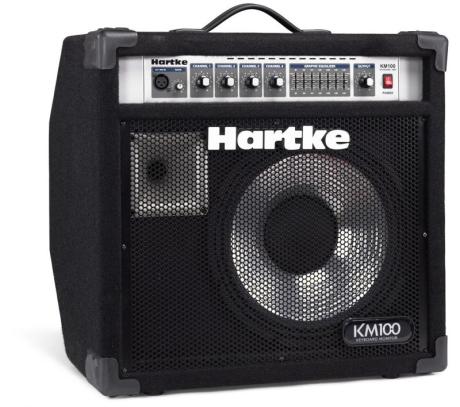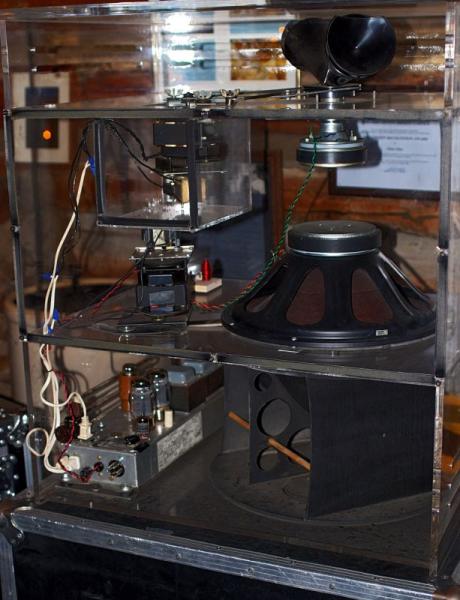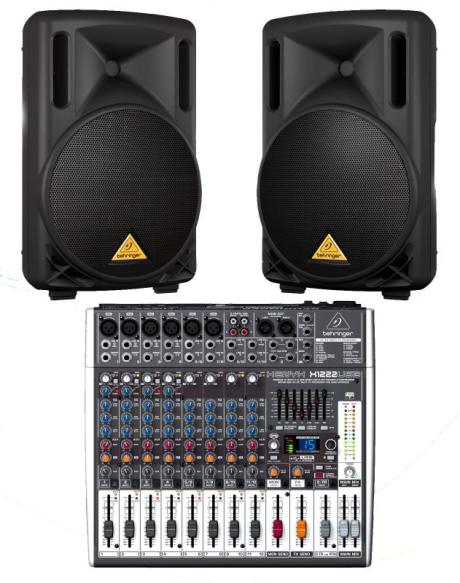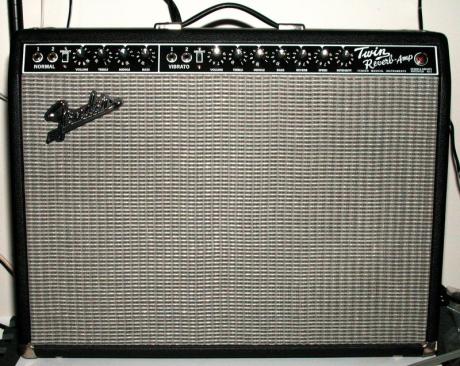Rockové klávesy - Aparáty, komba, zesilovače… pro klávesy

Hi, readers! Last month we took a very in depth look at many different kinds of keyboard stands. This month, I want to investigate another indispensable part of the onstage keyboard setup, amplification. Just like we saw with keyboard stands, there are lots of options for sound reinforcement. The player needs to ask himself the following questions when choosing an amp: Do I need stereo sound? Do I have one or many keyboards? Do I need a clean or dirty sound with distortion? Lets dive in and see the pros and cons of each sound reinforcement option.
Combo Amplifier
This is the most common type of amplifier you will see keyboardists using. The great thing about these units is that they usually have every single thing you need for most gigs. These amps usually have a smallish tweeter speaker for high frequencies and a larger speaker for bass and midrange frequencies (usually 12 to 15 inches). Combo amps also have multiple inputs so you can plug in a few keyboards into the same amplifier. There is also usually a graphic equalizer with five or more sliders and effects so you can really sculpt your sound. Check out image No. 1 to see a common example of one of these amps with the controls.
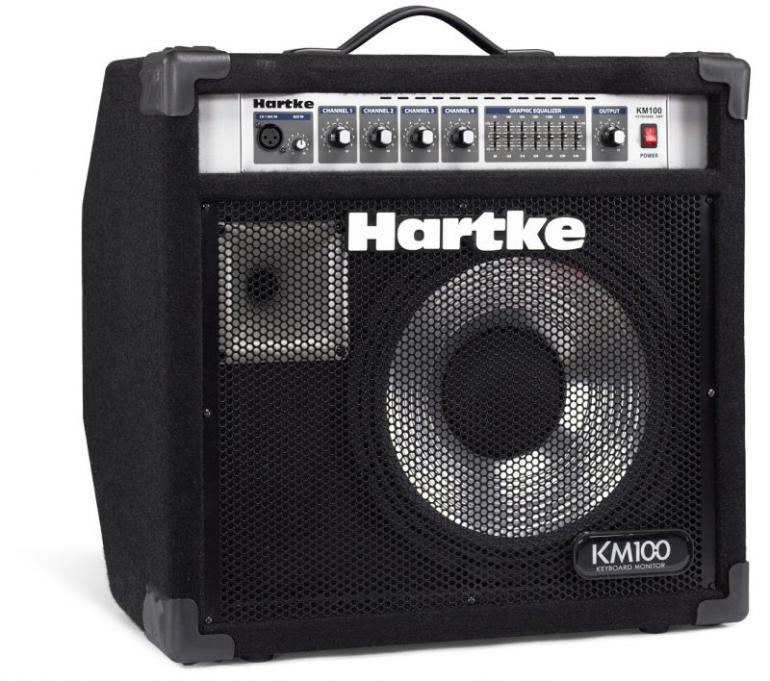
A nice feature of combo amps is that they sometimes have a beveled back that allows them to be tilted back like a monitor speaker so you can really hear yourself. There are unfortunately a few weaknesses with these units. There is, in general, no real stereo sound which may be not the best if you have very involved synth sounds that don’t speak well in mono. The speakers can also be a little cheaply made too so they blow quite easily.
Powered Speaker
This category of “amp” is similar to the first category but usually has speakers that are of a higher quality and with a few less controls. This is actually my favorite kind of amp to use because the backbone of my rig is a Hammond SK1 keyboard that has an EQ on the keyboard so I don’t really need these controls on my amp. My own personal powered speaker even has two inputs. These units usually have a little more power than the combos and almost never blow out. I’ve had mine for over a year with no problems which is very rare with the combos. The speakers are usually of a much higher quality also so the sound has a more complete frequency response. Just like the combo amps, these are also in mono, so if you need stereo they also might not be the right choice. Powered speakers don’t usually have EQ controls so if you need this you made need another option. Take a look at image No. 2 to see one of these speakers.
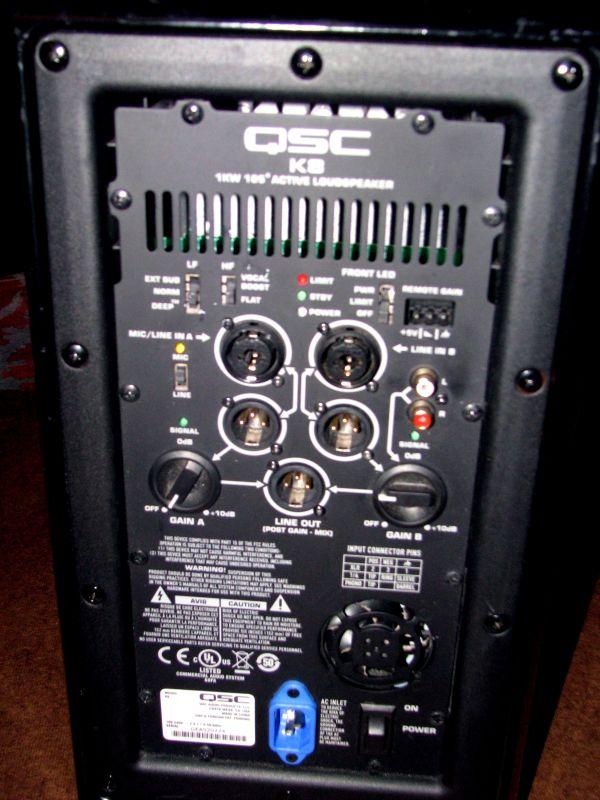
I actually use this particular model at a club I play at and can attest that it’s very powerful. Notice the high and low pass filters and the different modes you can use. This helps to make up for the lack of a graphic equalizer and is starting to be a more common feature of newer powered speakers.
Leslie Speaker
This option is a little less versatile than the others on this list, but if your main axe is organ, it’s one stop shopping. Don Leslie made his first Leslie Speaker prototype in 1941 because he was dissatisfied with the sound of the original Hammond tone cabinet. Laurens Hammond had a very well documented dislike for the Leslie Speaker and even made his organ for a time in a way so it could not be connected to the rotating speaker. The Leslie Speaker has lots of power with a drum and horn that spin to create a Doppler effect that many organists have come to really enjoy. Check out Image No. 3 to see the complicated inner workings of this unit.
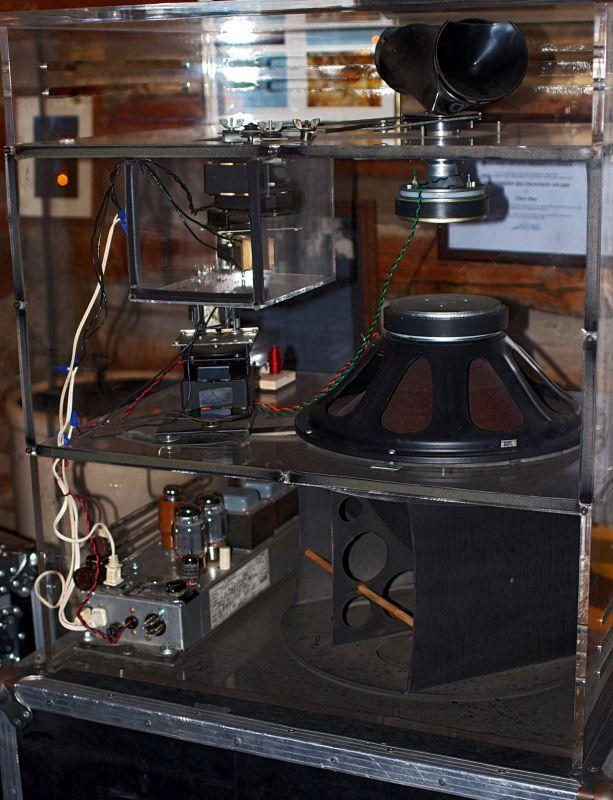
I had a very involved two part article on the Leslie Speaker a few issues ago about this speaker. Please reference that article if you want a little more information. Leslies are the perfect speaker for any kind of organ and can be used with a preamp pedal, usually made by the company Trek that will allow for two jack to jack inputs. The tube amp of a Leslie does have some distortion, so this may not be the best choice for you if you have to play modern synth sounds like strings and horns.
PA/Mixer
This may actually be the best way to reinforce the sound of your keyboard rig. It has everything; stereo sound, multiple inputs with EQ on each channel, and an overall graphic EQ to tune the sound for each particular venue. The obvious downside of this system is that it's a little complicated to make all the connections and to transport to the gig, especially if you have to take a taxi to gigs like I do in NYC. :-) Take a look at image No. 4.
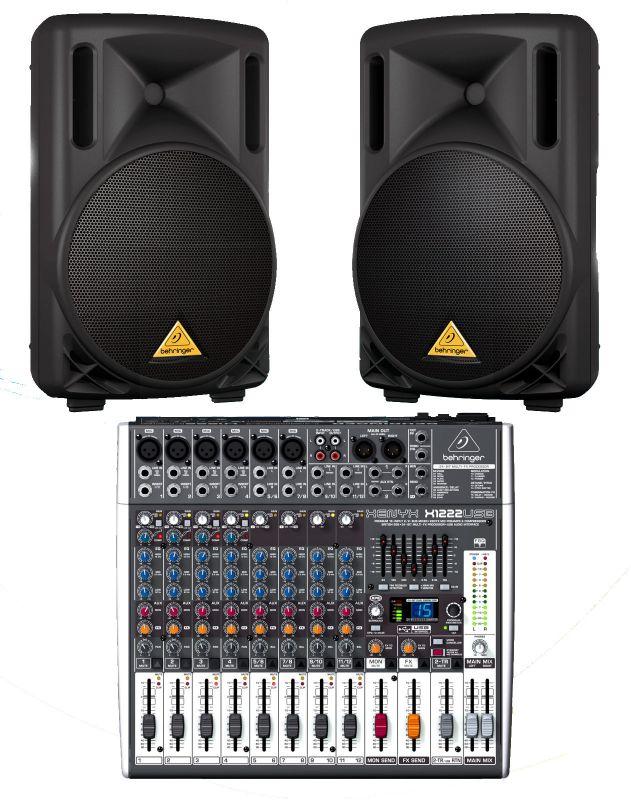
The mixing board has lots of useful controls; an overall EQ for the whole system which works great if the room is very boomy and has a troubling low-midrange frequency. On the mixer you can just take these frequencies out to help the overall sound. Try turning each slider up to see which frequencies sound “bad” then bring it down below the 0 line until the sound is to your liking. I like to remove bad frequencies instead of adding lots of highs and lows. This “negative image” approach to mixing works much more effectively and is what all the pros do. Each channel also has it’s own tone controls also so you can get each instrument sounding just the way you like.
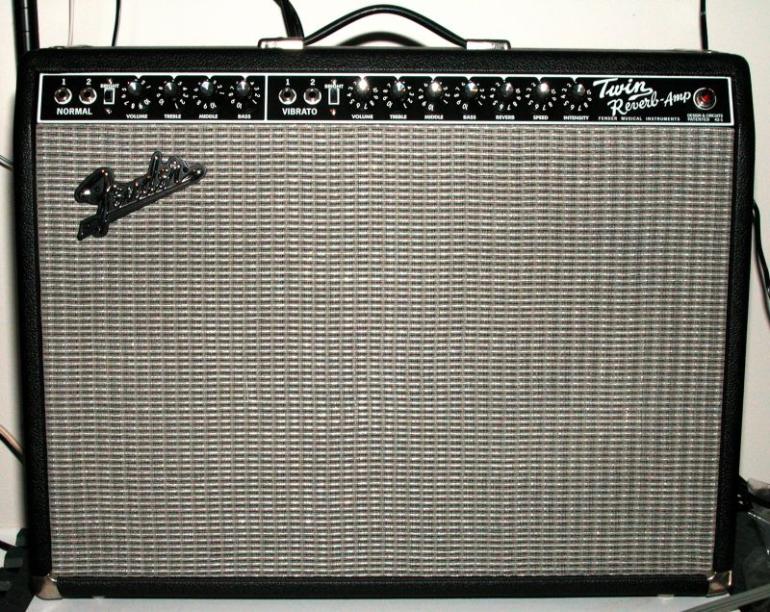
Fender Guitar Amps
This category was suggested to me by my good friend and Greg Allman guitarist, Scott Sharrard. While these amps might not be the best choice for a modern synth like a Yamaha Motif, they do sound great with older axes like a Farfisa organ or Wurlitzer electric piano because the tubes get nice and crunchy when you turn the amp up a little. The downside of Fender amps is that they are, in general, really heavy and lack a great bass response. I’ve played organ through a Fender Twin a few times and wasn’t that into the sound to be honest. I felt like there wasn’t a lot of bass and that the tone got really distorted as soon as I started to play a little loudly. On the flip side, I played a Wurlitzer through the same amp and it sounded really great. I think as a rule you could say that if you don’t need too many bass frequencies and like a slightly dirty tube sound for a Wurlitzer or Rhodes in the context of a rock band, these amps are a good choice.
Sound reinforcement: Tento výraz znamená „zesílení zvuku“, tedy jakýkoli aparát, PA, kombo apod.
Distortion: většina hudebníků tento termín zná. Problém však je, že jej občas v našem českém rybníku vnímáme jako užší pojem, než jak jej chápe anglicky mluvící svět. Mnohokrát jsem u nás narazil na to, že muzikanti (obzvláště kytaristé) rigidně rozlišují overdrive a distortion. Pod slovem distortion si představují saturovaný zvuk à la refrén Smells Like Teen Spirit. Overdrive je pak mírnější přirozené zkreslení, podobné např. tomu, když dáte lampové kombo Fender pořádně nahlas. Toto rozdělení má určitý smysl při kategorizaci kytarových efektů. Vězte však, že slovo distortion obecně znamená jakékoli zkreslení, nejen velmi silnou saturaci. Dokonce i zkreslení neslyšitelné, které se projeví pouze při zkoumání zvukové křivky, lze označit jako distortion. Ve vědeckých textech zabývajících se zvukem na termín overdrive narazíme jen velmi zřídka. To vše vysvětluji z jediného důvodu: Až si příště v nějakém anglickém textu přečtete slovo distortion, nepředstavujte si nutně silné, saturované zkreslení. Pokud z kontextu nevyplývá něco jiného, distortion je zkrátka zkreslení v jakékoli míře a jakéhokoli typu.
Dive in: Fráze znamenající něco jako „pustit se do toho“ nebo „skočit do toho po hlavě“.
Sculpty our sound: „Tvarovat zvuk“, ať už pomocí ekvalizéru či jiných efektů.
Beveled back: Zkosená zadní část například komba, umožňující kombo naklonit (anglicky tilt).
Sounds that don’t speak well in mono: Možná jste si všimli, že mnohá stage piana nebo syntezátory mají slovo mono přímo v názvu některých zvukových programů (např. mono piano). To proto, že mnoho zvuků zkrátka nezní dobře, když se levý a pravý kanál smíchá do jednoho. Na vině jsou většinou fázové rozdíly mezi jednotlivými kanály. Právě takové zvuky má Brian na mysli zmíněnou frází.
Back bone of my rig: Slovo rig znamená veškerou výbavu, kterou muzikant používá na koncertě (případně ve studiu). Backbone je pak doslova „páteř“, tedy hlavní část.
High and low pass filter: Nechci nikoho urazit, většina z vás asi ví, co to znamená. Ale pro jistotu... Jde o to, že především v dávnější minulosti se tyto filtry či „jednopásmové pasivní ekvalizéry“ označovaly ne podle toho, jaké frekvence oříznou, ale jaké jimi projdou beze změny. High pass filter je tedy filtr, kterým projdou výšky (já tomu říkám ořez basů). U low pass naopak zůstanou basy a ztlumí se výšky.
One stop shopping: Doslova „nákup s jednou zastávkou“ je metaforou pro něco, co vám v jednom „balení“ poskytne vše, co potřebujete.
Doppler effect: Dopplerovský efekt nám jednoduše říká, že pokud se k nám zdroj vlnění přibližuje, vlnová délka se jeví jako kratší (tedy frekvence vyšší) a naopak. Výborným příkladem v říši zvuku je siréna, která projíždí kolem nás. Dokud jede k nám, její zvuk se zdá vyšší. Jakmile se začne vzdalovat, frekvence zvuku klesne. „Leslie bedna“, tedy rotující reproduktor, vděčí za svůj nenapodobitelný zvuk mimo jiné také dopplerovskému efektu.
Boomy: Toto přídavné jméno se používá k popisu zvuku, který má zbytečně mnoho basů nebo nějakou nepříjemnou rezonanci v nižších kmitočtech. Český překlad se hledá těžko. Nejbližší mi přijde zahuhlaný, ale ani to nevystihuje podstatu věci. Každopádně pokud je zvuk boomy, potřebuje ubrat či vyladit basovou složku.
